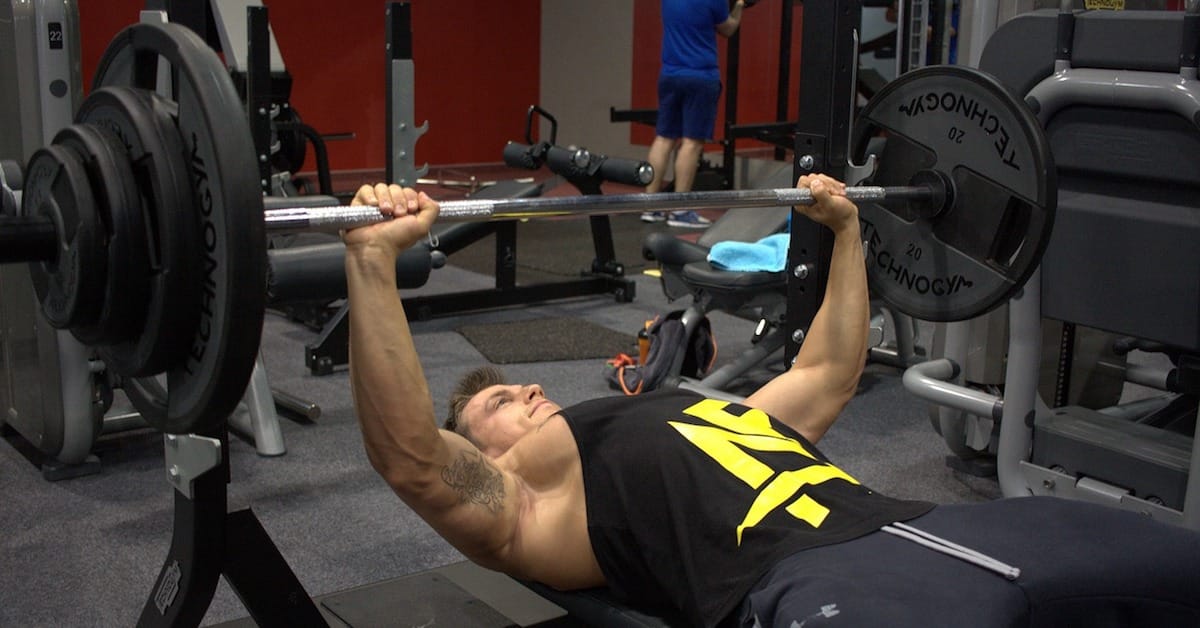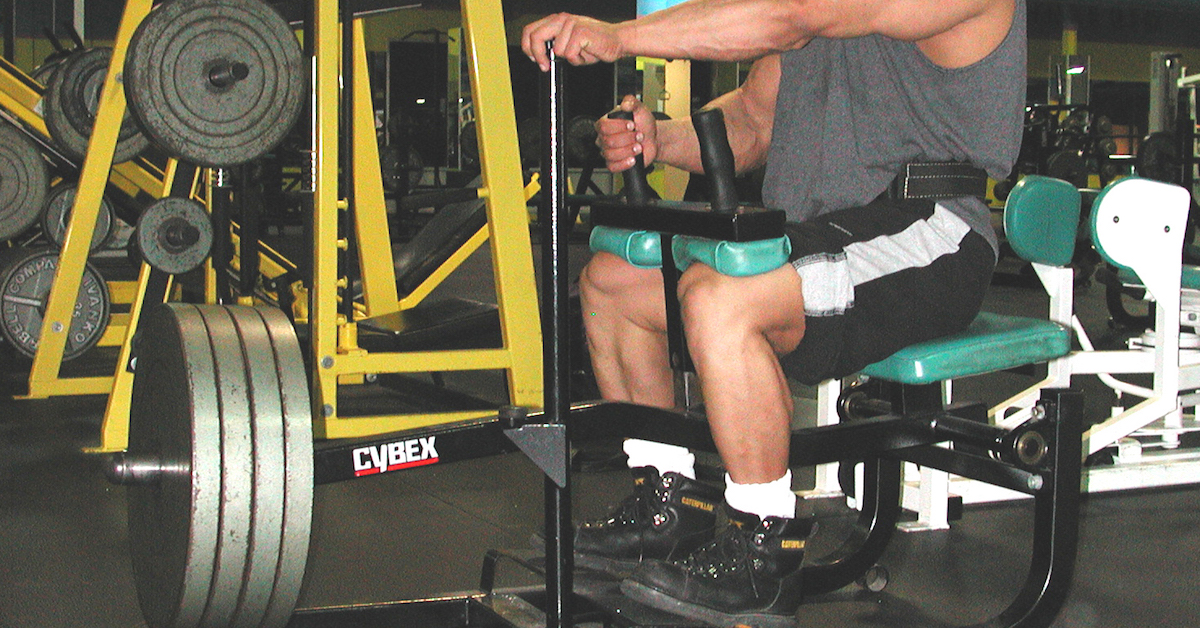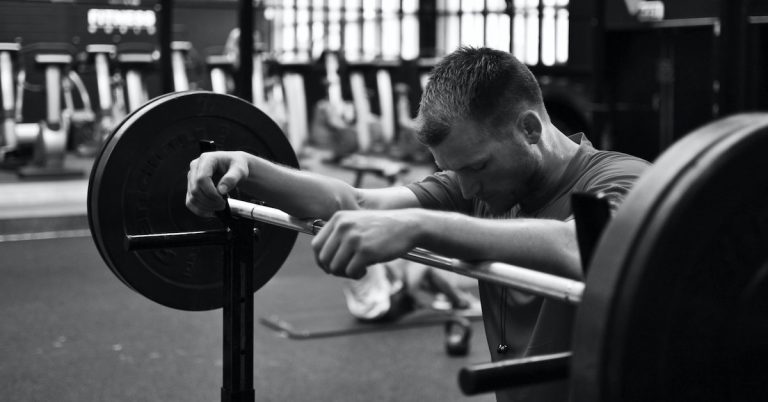For well-developed calves, both major muscles of the lower leg need attention:
- The gastrocnemius is the outer, diamond-shaped muscle that flexes when you point your toes.
- The soleus lies beneath it and plays a key role in overall calf size.
While most people focus on the gastrocnemius, training the soleus properly can make a noticeable difference in lower leg development.
Why Train the Soleus?
The soleus is made up mostly of Type I muscle fibers, meaning it contracts slowly, has a low tension capacity, and is highly resistant to fatigue. Because of this, it responds best to moderate loads and higher reps.
Another key factor is training the soleus through a full range of motion. Unlike other muscles, it remains engaged even at full contraction, so emphasizing both a deep stretch and full contraction will maximize results.
The Best Exercise: Seated Calf Raise
Since the gastrocnemius is active when the knee is straight, standing calf raises primarily target it. The soleus, however, takes over when the knee is bent at 90 degrees, making the seated calf raise the most effective exercise for its development.
How to Perform a Seated Calf Raise
- Position the thigh pads just above your knees. Placing them too low can cause them to slip, while setting them too high reduces range of motion.
- Keep your upper body still and avoid using momentum.
- Push up as high as possible, hold briefly, then lower all the way down for a full stretch.
- Use a slanted or rounded platform for better range of motion.
- Position your feet hip-width apart and keep them straight.
Most people stick to 3 sets of 15-20 reps, but adding drop sets can be a game-changer for soleus growth.
Advanced Soleus Training: Drop Sets
Drop sets allow for greater muscle fiber recruitment and can help break through plateaus.
- Start with a weight that allows for 10 reps and perform them to failure.
- Immediately reduce the weight and do another 10 reps.
- Lower the weight once more and complete 10 final reps.
- Perform all reps back-to-back with no rest.
This method provides 30 reps in one extended set. Repeat for three total sets. The fatigue will be intense, but so will the results.
Balanced Calf Development
To develop well-rounded lower legs, additional work is needed beyond seated calf raises.
Standing One-Leg Calf Raise
This exercise targets nearly every muscle below the knee. Keeping a slight bend in the knee (about 160 degrees) has been shown to generate more torque than a fully straight leg. Hold a dumbbell on the same side as the working leg and use the other hand for balance.
Tibialis Anterior Training
The tibialis anterior, located at the front of the shin, is often neglected. Strengthening this muscle prevents imbalances and can enhance overall calf development. Incorporating seated tibialis raises into your routine can help address this weakness.
A Routine for Bigger Calves
For optimal results, train calves twice per week using the following routine:
A. Seated Calf Raise – 3 x 10/10/10 @ 2020 tempo, 180s rest
B1. Standing Semi-Stiff One-Leg Calf Raise – 3 x 12-15 @ 3010 tempo, 60s rest
B2. Seated Cable Tibialis Raise – 3 x 15-20 @ 1011 tempo, 60s rest
Follow this plan consistently for a month and expect noticeable improvements in both size and strength.

Maximize Your Muscle Growth: Choose a Split Routine!
If your goal is to maximize muscle growth, focusing on fewer muscle groups per session might be your best bet.

The Rest-Pause Method for Massive Calves
Calves are notoriously challenging to develop, but after decades of trial and error, I’ve discovered a foolproof method to make

My Favorite Leg Finisher
Everything in context! In the video below, I’m squatting with 225 pounds. It might not look like much weight, but
follow
Error: No feed with the ID 2 found.
Please go to the Instagram Feed settings page to create a feed.
